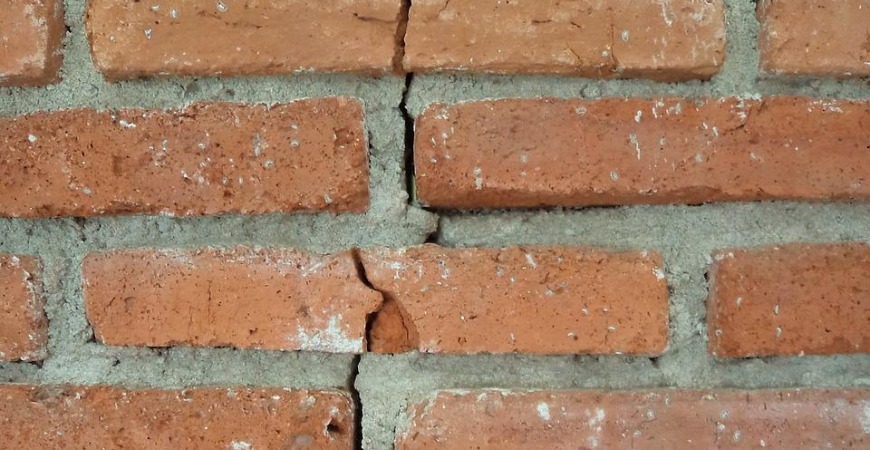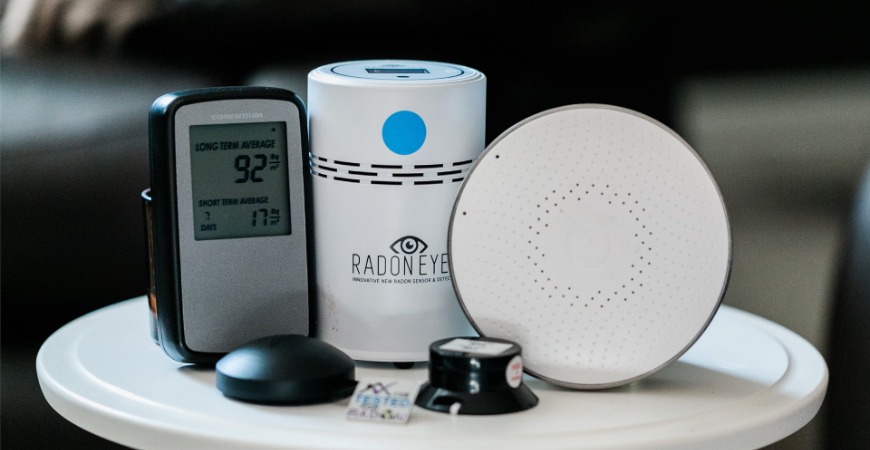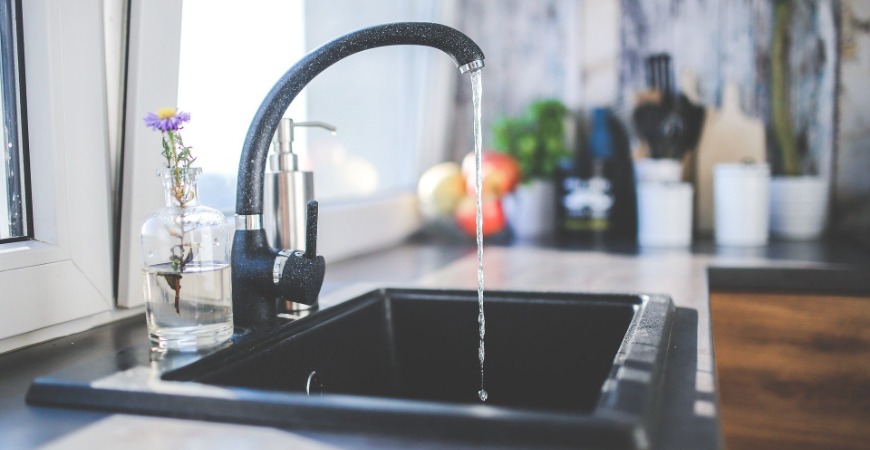
Why There’s Radon In Your Home and What to Do About It
Homeowners have a lot to worry about without considering that there may be some invisible foe working their way into their house and making them and their families sick. Yet, in the case of radon gas in the air, homeowners should be aware and take active measures to protect the health of everyone from exposure who walks through the front door.
Fortunately, testing is easier than ever, and there are simple, inexpensive ways to reduce the presence and risk of gas in your home. As with anything, knowledge is power, and knowing more about what this gas is and how you can keep it out of your house will help keep you and your family safe and healthy.
What is Radon?
At its most superficial level, radon is a naturally occurring gas. It’s produced by the breakdown of radioactive elements in the soil that exists practically everywhere on the planet.
Radon is odorless, colorless, and inert gas in the air. That means you cannot rely on your eyes or nose to detect its presence. Instead, you’ll need a testing device.
In most situations, especially if you are outdoors, there isn’t enough gas in the air to cause significant harm. However, it can be deadly when trapped inside a home or other interior space.
While smoking is the leading cause of lung cancer in the United States, radon sits squarely in the number two spot. In fact, the EPA estimates that 21,000 people pass away annually from radon-related lung cancer.
However, that’s not a reason to panic. Experts predict that only one out of 15 homeowners in the U.S. is actively dealing with elevated levels in their homes.
Still, there is no safe level of exposure. So while it’s rare that your house has to deal with this situation, it’s essential to test your home at least once every two years to reduce the risk of exposure.
How Does Radon Get Into Your Home?
Radon has plenty of opportunities to make its way into your home:
- Cracks in the floors or walls
- Gaps in the foundation or around pipes
- The water supply
Radon gas exists almost everywhere. Every state in the U.S. has had a radon-related incident.
However, residents in some states are at particular risk of having elevated levels inside their houses. Alaska, South Dakota, and Pennsylvania are the states with the highest levels.
Only five states and Washington D.C. currently are considered to have low levels:
- Arizona
- Florida
- Hawaii
- Mississippi
- Louisiana
How Do You Test for Radon?
The idea of testing for radon may bring back awful flashbacks to your high school chemistry class. However, you don’t need to invest in an array of beakers or Bunsen burners to test your home.
The first thing you should know about testing for radon is that there are two types of tests: short-term and long-term.
Short-term tests can take anywhere from 2 to 90 days to complete. Long-term tests can take up to a year to complete and typically provide a more accurate picture of your home’s exposure.
While 90 days may seem long-term to some, levels in your home can fluctuate throughout the day and as seasons change. Therefore, if the test only lasted a few hours, you could receive vastly inaccurate results.
In most cases, you won’t be the one to determine the results of the tests. Instead, most are designed to be shipped back to a laboratory that will then communicate the levels detected.
Radon tests use a measurement called picocuries per liter of air or pCi/L. The EPA recommends homeowners take action to reduce the gas when levels reach 2 pCi/L. Anything over 4 pCi/L is of immediate concern.
Many hardware stores and online retailers sell radon tests. Additionally, Kansas State University’s National Radon Program Services offers discounted test kits online.
If this is your first time testing, you may want to use a charcoal-based test first. These are the least expensive and offer the quickest results.
Unfortunately, charcoal tests are also the least accurate. To balance cost and effectiveness, the EPA recommends taking these steps when testing your home:
- Take a short-term test
- If the results are 4 pCi/L or higher, take another short-term test to quickly confirm the number, or move on to a long-term test to understand your home’s average radon level better.
- If the long-term test or the average of the two short-term tests are higher than 4 pCi/L, you should take immediate steps to reduce the radon in your home.
What Are Your Options for Radon Mitigation?
A radon mitigation system doesn’t have to be complicated or expensive. In many cases, sealing gaps or cracks in your home’s foundation, floors, or walls will effectively reduce the amount of gas exposure in your home.
Even a more advanced solution, like a soil suction radon reduction system, doesn’t require you to conduct significant home renovations. Generally, this system isn’t more expensive than an average home repair.
Digging deeper, a soil suction radon reduction system contains a vent pipe system and a fan. It sucks the gas out of the soil and pushes it outside, where its concentration is far less dangerous.
Other systems are designed with similar principles. That is, they increase ventilation in a home so that any radon that enters the air is quickly pushed outside.
It can be tempting to take on repairs yourself; it’s always helpful to have a knowledgeable, experienced, and licensed radon contractor examine your home. They are best equipped to understand the nature of the problem and find a radon mitigation system that works best for your needs.
You can find a certified contractor by reaching out to your state’s radon contact. The EPA has a contact list for every state.
What If There’s Radon In Your Water Supply?
Radon is more likely to enter your home through cracks or gaps than through its water supply. However, if your home’s water source is a private well or public system that uses groundwater, your water supply could be an issue.
Public water systems should treat their water to reduce radon. However, if you have public water and are concerned about the risk of exposure to your health, you should reach out to your local water supplier.
If your home gets its water from a private well, there are a couple of different ways to reduce the level of radon in your water:
- Point-of-entry treatments remove radon at the point it enters your entire and typically uses a granular activated carbon filter or an aeration system.
- Point-of-use treatments remove radon at the point it’s used, such as in a faucet. However, this system is not as effective as a point-of-entry one.
How Will You Ever Feel Safe In Your Home Again?
The point of this article isn’t to freak you out. While radon is a serious concern, it takes little effort to test your home’s levels and take steps to reduce the gas in your home. If you ever have any questions about the risk of radon in your home, consider reaching out to your state’s environmental protection or public health department for specifics about your area.
For more home safety tips, Wet & Forget has you covered. Our blog contains multiple articles on how to prepare and protect your home.













